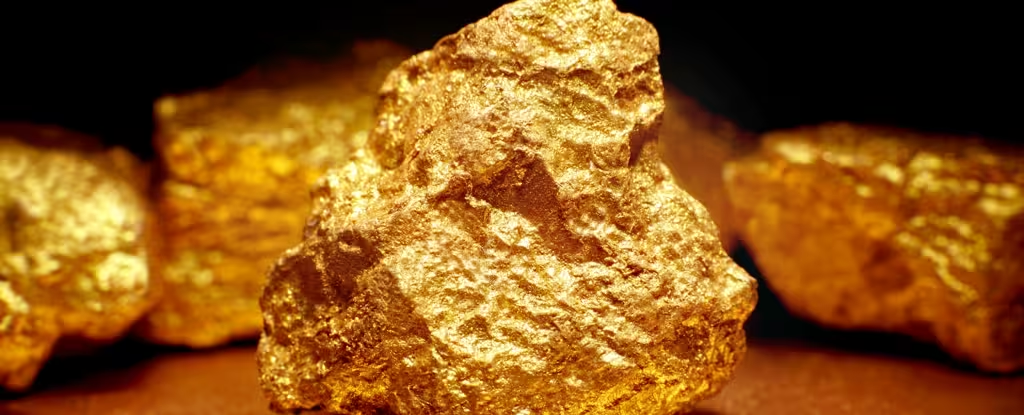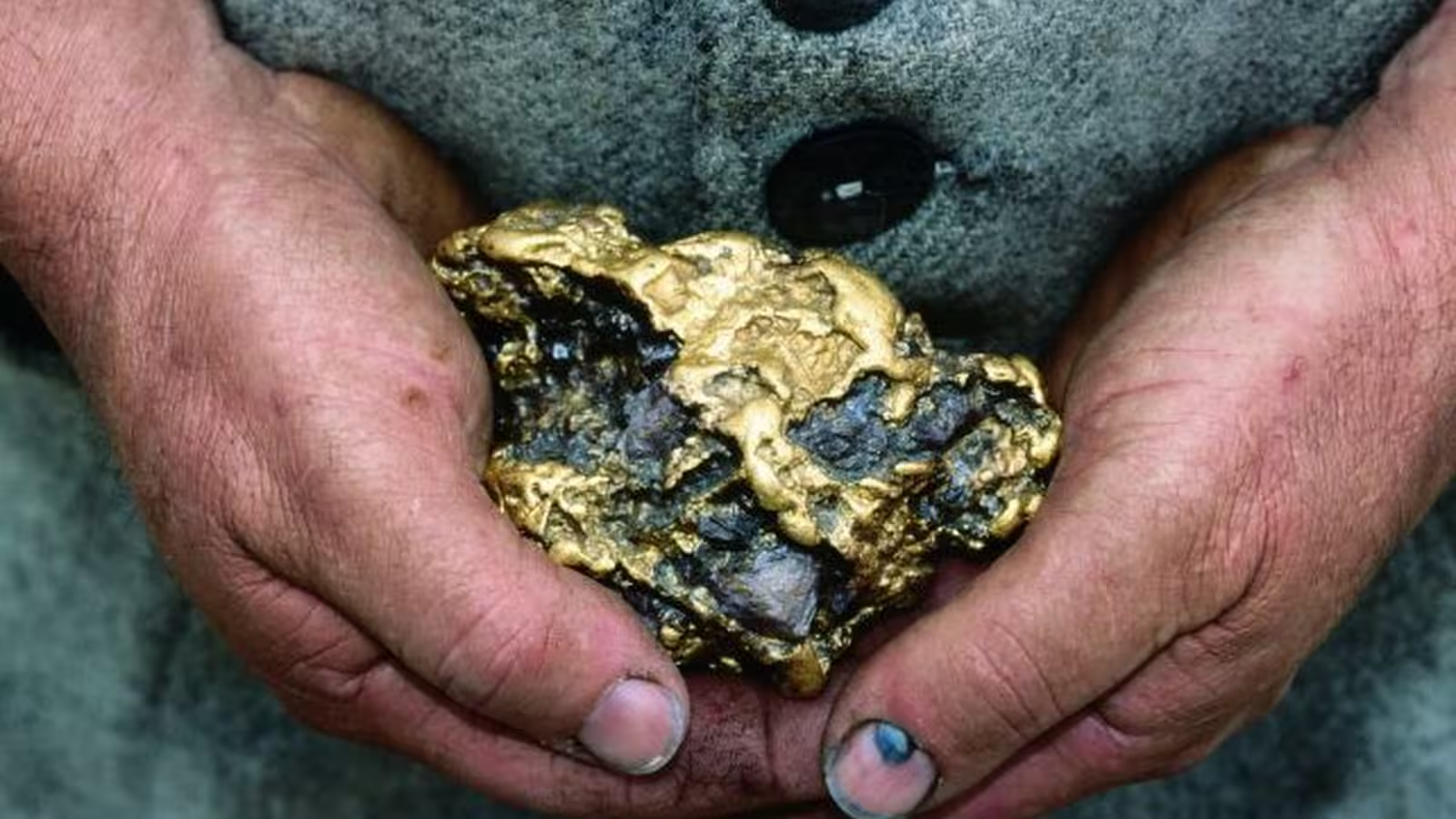5 Minutes
Transforming Elements: From Alchemy to Modern Fusion Science
For centuries, the idea of turning common substances into gold has captivated the imagination of alchemists, sparking legends and countless scientific endeavors. In our modern era, the dream persists—though today’s efforts are grounded in nuclear physics, not mysticism.
The core scientific principle behind changing one element into another, known as nuclear transmutation, is well-understood and proven. Particle accelerators and high-energy colliders, such as the renowned Large Hadron Collider (LHC) at CERN in Geneva, routinely smash atoms together, occasionally creating new elements—gold included. However, these methods are highly inefficient for producing gold. For example, the ALICE experiment at CERN managed to create just 29 picograms (a trillionth of a gram) of gold during four years of operations, highlighting the impracticality of extracting significant quantities via particle collisions.
A Radical Proposal: Making Gold with Fusion Reactors
Enter Marathon Fusion, a California-based startup proposing to revolutionize element creation with nuclear fusion technology. Instead of relying on traditional colliders, this company aims to leverage the powerful streams of neutron particles produced in a fusion reactor to convert mercury into gold.
Their method harnesses a nuclear process where mercury-198, a stable isotope of mercury, is bombarded with highly energetic neutrons. This interaction transforms mercury-198 into the unstable isotope mercury-197, which quickly decays into stable gold-197—the only naturally occurring isotope of gold. In theory, deploying this approach on an industrial scale inside a gigawatt-class fusion power plant could yield several metric tons of gold annually, according to team estimates.
The Science Behind Neutron Transmutation
Central to Marathon Fusion’s vision is the use of deuterium and tritium—both forms of hydrogen—as fusion fuel. When these fuse in the plasma core of a reactor, they release immense quantities of energy and high-energy neutrons. Neutrons with energies above 6 mega-electron volts (MeV) are needed to trigger the nuclear reaction that turns mercury-198 into gold. These neutrons penetrate deeply into materials, facilitating the desired atomic transformation.
To validate these claims and optimize their process, the startup utilizes a “digital twin”—a sophisticated computer simulation that models the complex physics of a fusion reactor, including neutron flux and resultant radioactive processes. However, it’s important to note that true experimental validation will require a commercial-scale fusion reactor, which currently does not exist.

Current Barriers and the State of Fusion Technology
Nuclear fusion promises vast clean energy by mimicking the power generation mechanisms of stars, but creating and sustaining a commercial fusion reactor remains one of the world’s most challenging engineering and scientific problems. Modern experimental reactors—like the UK’s Joint European Torus (JET)—have produced only modest outputs of fusion energy so far, highlighting the steep technical hurdles that remain.
Researchers are exploring new reactor designs to overcome these challenges. For instance, a novel concept called the Spherical Tokamak for Energy Production (STEP) is under development in the UK, aiming to make fusion reactors smaller and more efficient by reengineering how exhaust plasma is managed. STEP’s first prototype is targeted for completion by 2040, signaling cautious optimism for the field.
Economic, Practical, and Environmental Implications
While theoretical calculations suggest that gold production from mercury in a fusion reactor is possible, several factors temper this optimism. Foremost, any gold generated via this process would initially be radioactive, necessitating extensive handling, storage, and purification protocols to render it safe for use—a process fraught with regulatory and technical challenges.
Additionally, digital twin simulations are only as good as the real-world conditions they attempt to replicate. Nuanced physical effects or unexpected technical problems can elude even the most advanced models, often requiring years of experimental validation. As nuclear and particle physicists caution, oversights in simulation can lead to overly optimistic projections. Until commercial fusion reactors come online and such transmutation is attempted on a significant scale, the economic viability and safety of gold production by this method will remain speculative.
Yet, the notion is intriguing enough to attract attention from investors interested in both advanced energy generation and alternative sources of precious metals. The prospect of a new ‘Californian gold rush’—this time powered by breakthrough fusion technology—remains compelling, if still far from reality.
Conclusion
The concept of creating gold from mercury using nuclear fusion marks a remarkable blend of ancient aspiration and cutting-edge science. While companies like Marathon Fusion are paving the way for innovative applications of fusion reactors, significant hurdles—technical, scientific, and regulatory—must be overcome before such bold visions can be realized. For now, the promise of industrial-scale gold production from fusion technology remains a tantalizing, but still theoretical, prospect on the horizon of both nuclear physics and the precious metals market.
Source: theconversation


Leave a Comment